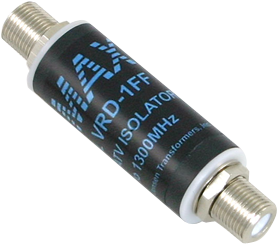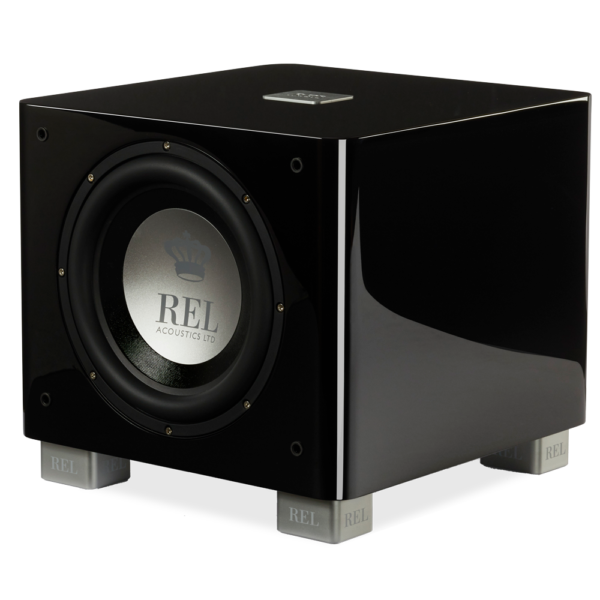Blog
PRO TIP: A Simple Solution to TV Set Top Box Hum
 Often, these blogs deal with design intent, detailed explanations of applications featuring REL powered subwoofers and other subjects we think will be fun and illuminate our work. We write these posts so our customers and dealers alike can achieve a better understanding how we approach our work and why our approach produces superior product and greater enjoyment for you. Today, we’re dealing with basic system-based problem solving. Note, I said system-based because today’s most basic entertainment systems are incredibly complex and the problems all meet at ground level.
Often, these blogs deal with design intent, detailed explanations of applications featuring REL powered subwoofers and other subjects we think will be fun and illuminate our work. We write these posts so our customers and dealers alike can achieve a better understanding how we approach our work and why our approach produces superior product and greater enjoyment for you. Today, we’re dealing with basic system-based problem solving. Note, I said system-based because today’s most basic entertainment systems are incredibly complex and the problems all meet at ground level.
Scenario: You’ve gotten your new REL home, hooked it up properly per our extensive bank of connectivity guides and videos. And yet there’s a persistent hum. You check and double check everything and still can’t get rid of the hum.
Relax, the problem likely has nothing to do with you nor anything to do with your REL itself—other than the fact that it may well be the only component in your entire system that is properly grounded.
Often, the culprit is the “free” tv set top box provided by the cable company—. These units are actually amazingly high technology, but amazingly low tech when it comes to basic engineering like proper grounding. Set top television boxes are connected in almost all cases to the internet, which itself is an incredibly dirty electrical environment. With some services, there is the coax cable involved (1 ground) plus it often acts to route a couple of different sources through it (additional grounds). Some are actual internet-based computers and are totally digital—an environment that requires scrupulously clean grounds. Bottom line? They are asked to perform a fairly miraculous task—bringing 500 channels of entertainment, sometimes from low Earth orbit space, into your living room.
And then you connect it to your audio video system… with multiple sources: a blu ray player, the old DVD player used for the kids old cartoons, a gaming consoles, perhaps an aftermarket tuner like a Roku or Apple TV2 for Netflix and similar services it is easy to see that the number of grounds gets crowded. Since your REL is a true Earth ground, the kind that God and Thomas Edison intended, the REL being the component closest to ground emits a hum.
The way to determine the source, the origin of the issue, is to remove ALL input connections, including the TV set top box from your AV system, leaving only the audio connections to speakers and REL intact. At this point, you should have either a receiver-speakers-REL system or its more upmarket equivalent that substitutes an AV processor/amplifier for the receiver. With just this basic component string present, you should experience no hum.
Now, one at a time, add in sources, beginning with the TV set top box. If your system begins to hum, bingo, you’ve found the problem. Fortunately, a solution exists and arrives in the form of an isolator made by Jensen transformers called a VRD-1FF. As its name implies, the Jensen isolates the offending TV set top box from the noisy environment upstream of it–often the coax cable itself–and provides a clean hum-free result. The Jensen is an extremely well-made and allows the very wide bandwidth signals of digital video to pass without any visible degradation to image quality; something cheap isolation transformers simply cannot deliver. Install it by threading the F-connector just ahead of the set top box, we want to prevent any noise from getting into the set top box and polluting the rest of the system. Then use a short F to F connector to connect the set top box into your AV system as usual. For those of us who’ve had to deal with this issue, few things bring a greater sense of relief than turning everything back on and not hearing hum.
Unless you own a cell phone and have been hounded to install a recent update intended to fix bugs on programs you never intend to use, only to discover that the update results in battery life draining away faster than your bank account in a Vegas casino…










